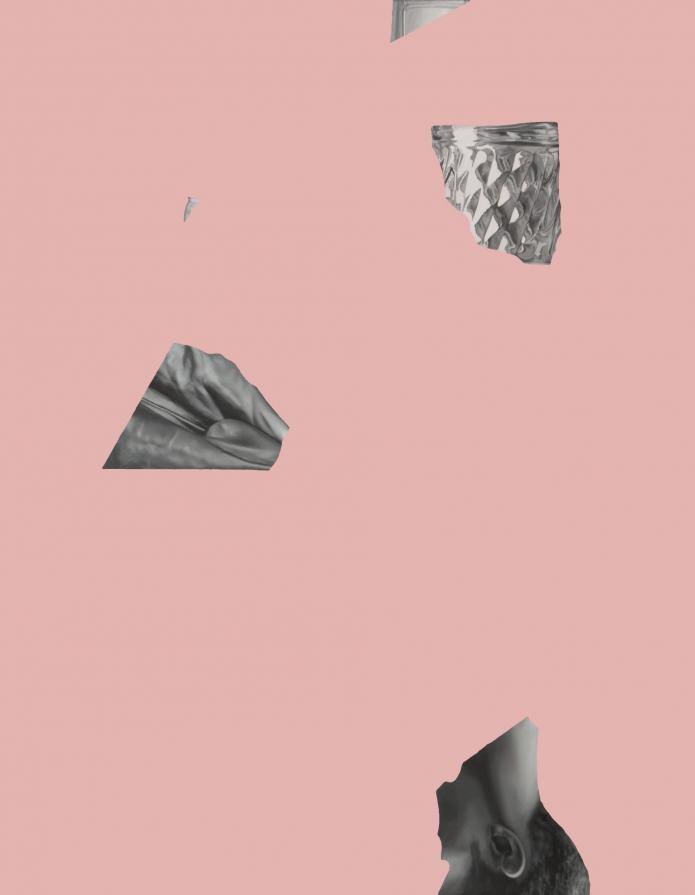
Self-destructive/ self-contradictory: ways to freedom
When representing more or less harmless situations, Adam de Neige uses fragmentarization, abstraction or absurdity in a minimalistic, unobtrusive way. They become the last mean of expression under more extreme (political) conditions. Destruction/ reconstruction of known forms can criticize the order of things, and abstraction was often seen as political weapon. The execution of power on individuals, after Foucault, is a continuing transformation from an objectification of the human being (from still life to its extreme form: public execution) – to a hidden one, where those who execute power are invisible.
Furthermore, destruction or sabotage of sensible/ understandable messages can be an individual´s ultimate way to retain control over its own identity. Which leads to the paradox of self-destruction as a way to freedom. In Adam de Neige´s paintings, the represented persons may be “doing nothing” or “nothing useful”, or there may even be “nothing to understand/ see at all”: This “Nothing” lies outside of any “order of things”. Adam de Neige experiments with the unseen: “Nothing” appears to us or happens. His dualism of “nothingness“ and hyperrealism plays with gaps in what we see, gaps in what we understand – Adam de Neige´s art plays with us."






Commenti 0
Inserisci commento